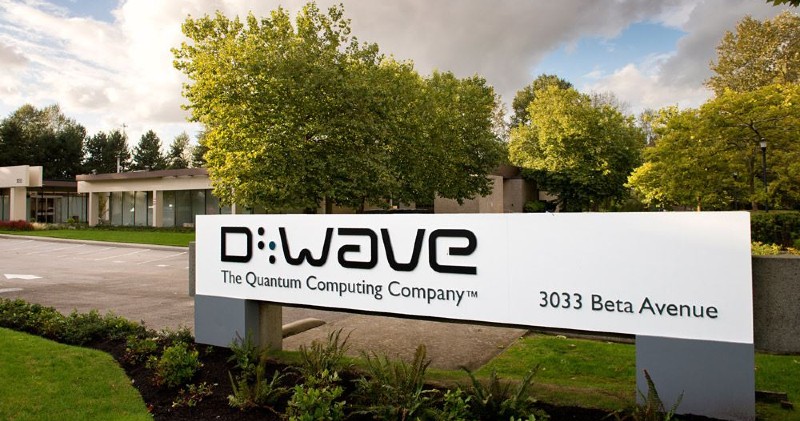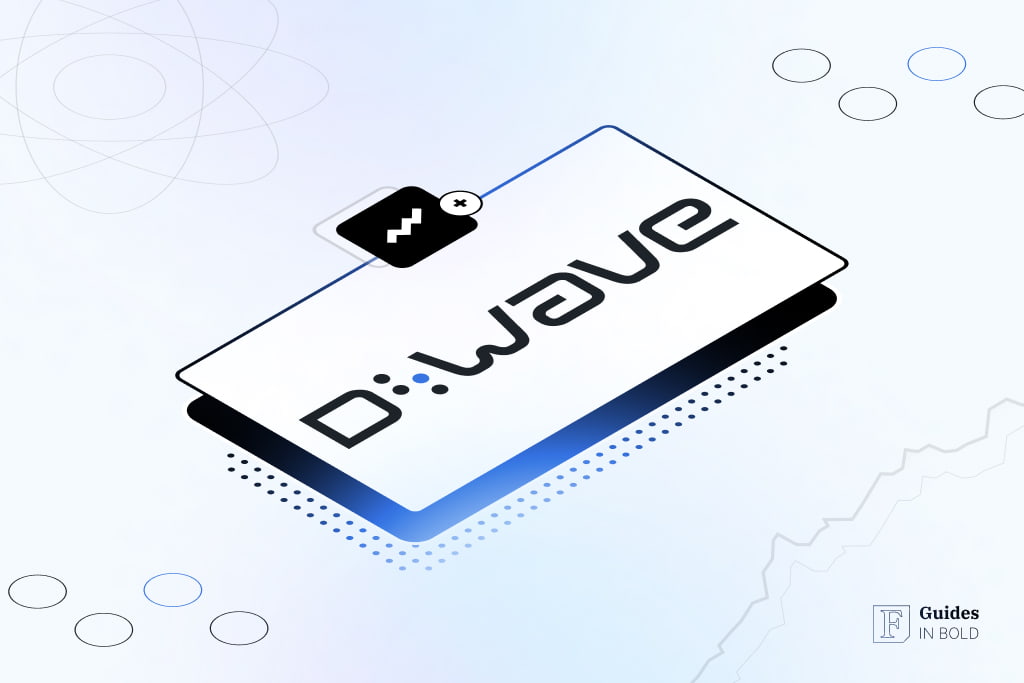Investing In Quantum Computing: Is D-Wave (QBTS) The Right Choice?

Table of Contents
The burgeoning field of quantum computing presents exciting investment opportunities, but navigating this complex landscape can be challenging. One company at the forefront is D-Wave Systems (QBTS), a leader in adiabatic quantum computing. This article will delve into whether investing in D-Wave is the right choice for your portfolio, weighing its potential against the inherent risks associated with quantum computing investments.
Understanding D-Wave's Quantum Annealing Technology
What is Adiabatic Quantum Computing?
Adiabatic quantum computing differs significantly from gate-based quantum computing, the approach pursued by companies like IBM and Google. Instead of manipulating qubits through a series of logic gates, adiabatic quantum computers leverage a process called quantum annealing. This involves slowly evolving a system's Hamiltonian (a mathematical description of its energy) from a known initial state to a final state that encodes the solution to a specific problem. D-Wave's unique approach centers around this adiabatic process.
- Quantum Tunneling: A quantum phenomenon where a particle can pass through a potential energy barrier even if it doesn't possess enough energy classically. This is crucial in quantum annealing, allowing the system to explore a wider range of possibilities.
- Ground State: The lowest energy state of a quantum system. The goal of quantum annealing is to find the ground state, which often represents the optimal solution to the problem being solved.
- Annealing Schedule: The carefully controlled process of gradually changing the Hamiltonian over time. The efficiency of the annealing schedule significantly impacts the accuracy and speed of the computation.
D-Wave's approach contrasts with gate-based quantum computing, which utilizes quantum gates to perform specific operations on qubits. Gate-based systems are considered more versatile in theory, capable of tackling a broader range of problems. However, they currently face significant challenges in scaling up the number of stable qubits.
D-Wave's Technological Advantages and Limitations
D-Wave's quantum annealers boast impressive qubit counts compared to other current quantum computing technologies. This allows them to tackle specific optimization problems, such as logistics, financial modeling, and materials science, with relative efficiency. However, their architecture presents limitations.
- Applications: D-Wave's technology excels in solving specific types of optimization problems, where finding the global minimum of a complex energy landscape is crucial. This makes it suitable for applications in machine learning, drug discovery, and materials design.
- Limitations: The connectivity between qubits in D-Wave's processors is not fully connected, limiting the complexity of problems that can be efficiently solved. Furthermore, the applicability is primarily focused on optimization problems, unlike the more general-purpose potential of gate-based quantum computers. Understanding these limitations is key when evaluating D-Wave's potential.
D-Wave's Market Position and Competition
D-Wave's Market Share and Client Base
While not dominating the overall quantum computing market, D-Wave holds a significant position as the leading provider of commercially available quantum annealers. They've secured a notable client base including major corporations and research institutions.
- Key Clients: D-Wave's clients span various industries, leveraging its technology for specific applications. For example, some use it for solving complex logistics problems, while others apply it in the realm of artificial intelligence and machine learning development.
- Partnerships: D-Wave actively collaborates with various organizations, fostering advancements in both hardware and software development within the quantum computing landscape. These collaborations provide valuable insights and expertise, broadening their technological reach.
Competitive Landscape and Future Outlook
The quantum computing market is highly competitive, with significant players like IBM, Google, and Rigetti pursuing gate-based approaches. This poses both threats and opportunities for D-Wave.
- Threats: The advancements in gate-based quantum computing present a potential challenge to D-Wave's market share. Gate-based systems offer greater theoretical versatility, potentially outperforming quantum annealers in certain applications in the future.
- Opportunities: The market for quantum computing is still nascent, with substantial future growth projected. D-Wave's early-mover advantage and specialized technology could secure its niche within the broader ecosystem. The increasing demand for specialized solutions might further solidify its position.
Investing in D-Wave (QBTS): Risks and Rewards
Financial Performance and Investment Considerations
D-Wave's financial performance, like many young technology companies, is subject to volatility. Analyzing its revenue streams, profitability, and debt levels is crucial for assessing investment viability.
- Financial Analysis: Investors should thoroughly examine D-Wave's financial statements, looking for indicators of consistent growth and long-term financial stability. This includes assessing revenue streams, profitability margins, and the level of debt.
- Risks: Investing in D-Wave carries inherent risks associated with a company operating in a cutting-edge, rapidly evolving technological field. Market fluctuations, technological breakthroughs by competitors, and the challenges of scaling operations can significantly impact the stock's performance.
Assessing the Investment Risk Profile
D-Wave is undoubtedly a high-risk, high-reward investment. Its potential for substantial growth in the burgeoning quantum computing market is balanced by the inherent uncertainties of the technology and the competitive landscape.
- Risk Tolerance: Investing in D-Wave requires a high risk tolerance. The stock's price is likely to experience significant fluctuations, potentially leading to substantial gains or losses.
- Diversification: As with any high-risk investment, diversification is key. Including D-Wave in a well-diversified portfolio can help mitigate the risks associated with its volatility.
Conclusion
This article explored the potential of investing in quantum computing through D-Wave Systems (QBTS). We examined D-Wave's unique quantum annealing technology, its market position, and the associated financial risks and rewards. While D-Wave holds a leading position in adiabatic quantum computing, the field is rapidly evolving, presenting both opportunities and challenges. The technology's limitations and the emergence of more versatile gate-based quantum computers present significant challenges for long-term viability.
Call to Action: Investing in quantum computing is a complex undertaking. Before making any decisions about investing in D-Wave (QBTS) or other quantum computing companies, conduct thorough research and consult with a financial advisor. Learn more about the future of quantum computing investments and how to strategically evaluate quantum computing stocks.

Featured Posts
-
 Recent Red Light Sightings In France Analysis And Theories
May 21, 2025
Recent Red Light Sightings In France Analysis And Theories
May 21, 2025 -
 Porsches Dilemma Ferrari Performance Or Mercedes Prestige The Trade Wars Impact
May 21, 2025
Porsches Dilemma Ferrari Performance Or Mercedes Prestige The Trade Wars Impact
May 21, 2025 -
 Stolen Antiques Antiques Roadshow Exposes Crime Leads To Arrest
May 21, 2025
Stolen Antiques Antiques Roadshow Exposes Crime Leads To Arrest
May 21, 2025 -
 Understanding The Friday Rise In D Wave Quantum Qbts Stock
May 21, 2025
Understanding The Friday Rise In D Wave Quantum Qbts Stock
May 21, 2025 -
 Real Madrid Manager Rumours Klopps Agent Speaks Out
May 21, 2025
Real Madrid Manager Rumours Klopps Agent Speaks Out
May 21, 2025
